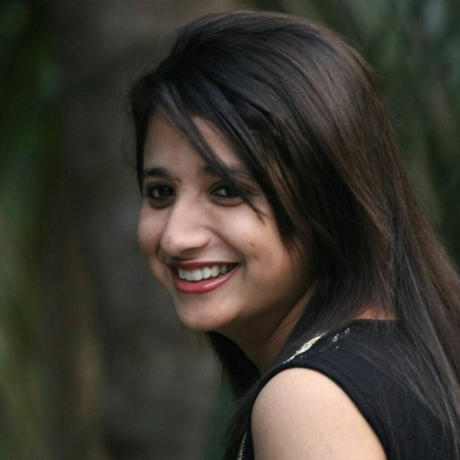
- Projects 10
- Followers 392
Manisha Biswas
Kolkata, WB
. This project will be very beneficial for easy access of information and finding a way to get places for tea plantation areas faster ...learn more
Why this project
India is one of the largest tea producers of the world we will be using smart technique using AI to determine the places for future tea plantations. This project will be very beneficial for easy access of information and finding a way to get places for tea plantation areas faster.
Abstract: Drones or unmanned aerial vehicles are being used widely for a wide scale of application. This abstract involves the use of autonomous drones for monitoring health of tea plants. Autonomous drones operating in a specific grid will be taking infrared scans of the plantation site, and based on the data of the infrared camera, the health can be determined.
Design: The design will be of that a typical quadrotor. The drone will operate autonomously in an unknown environment. What need to be taken care of are the waypoints that the drone needs to navigate. The flight controller is based on the Atmega series of microcontroller with integrated sensors for orientation and position. The sensing element is in infrared camera which will provide us the raw input for further processing. Since the drone will be designed to function fully autonomously, therefore some key areas are being focussed on as developing the flight control algorithm which includes navigation and image sensing and processing for monitoring plant health. Some conflicts that may be encountered
• Control algorithm for stable flight
• Fully autonomous with auto take-off and landing
• Waypoint or grid based navigation
• Processing large chunks of data obtained from infrared cameras
Neural Networks
The quadrotor will monitor lots of data with the camera and this data needs to be trained the captured image will be checked with lot of parameters for determining the health of the tea plantation site and create DNN as a trained model. Our motive of using Movidius Neural Stick is to determine the scans of the area and find out if the area is good for cultivation of tea leaves or not.
Movidius Neural Stick
We intend to use Tensorflow on the trained model using the capability of neural computer stick and modifying the inception v3 model of it.The trained model we get is a deep neural network of infrared images and comparing it with v3 we will try to find the feasibility of the plantation sites based on parameters.
Inference part
We will use Slim inception for the TensorFlow process our main criterion will also be making the infrared images v3 compliant so that we can easily use the Slim inception process in it.
Prototyping
First of all we will train the model
Then we will do profiling,tuning and compiling the model
For the prototyping stage we will imply the following process as shown in the diagram below.
We will attach the quadrotor with RasberryPi3 and a infrared camera module attached to it. Then we will attach the neural compute stick to the rasberryPi3 usb port to get the prototyping process going with TensorFlow model.
Requirements
Quadrotor(Already have)
RasberryPi3
Movidius Neural Stick
Infrared Camera module
Stabilization of Quadrotor
We have already implemented Reinforcement learning for the takeoff and stability and have used python as the program language similarly for neural network too we will use Python and expose the APIs too with the help of Python itself. We don’t have Movidius neural stick but we prefer TensorFlow as our choice with v3 inception but if adaptability demand we will scale it with Caffe.